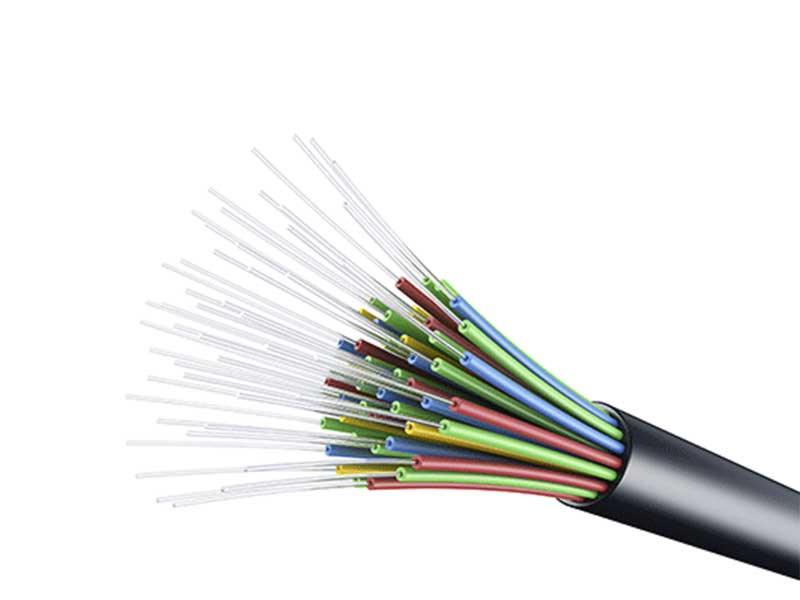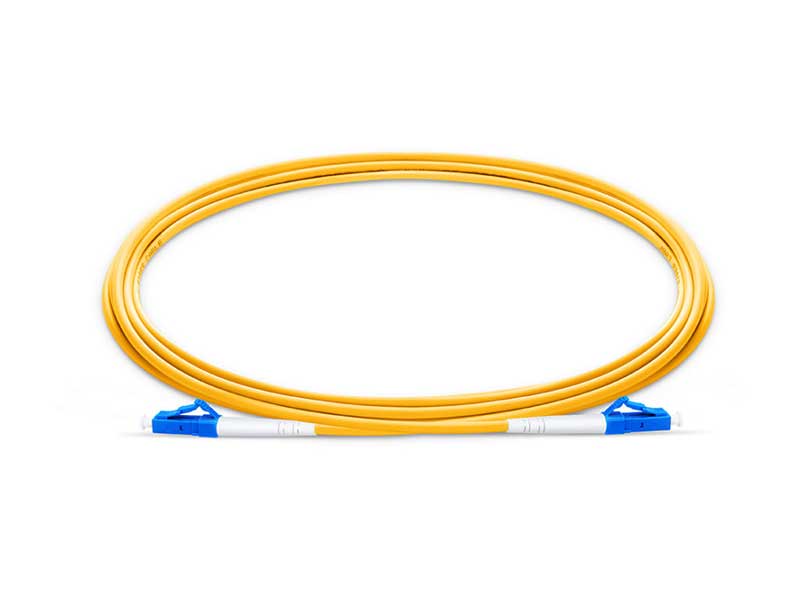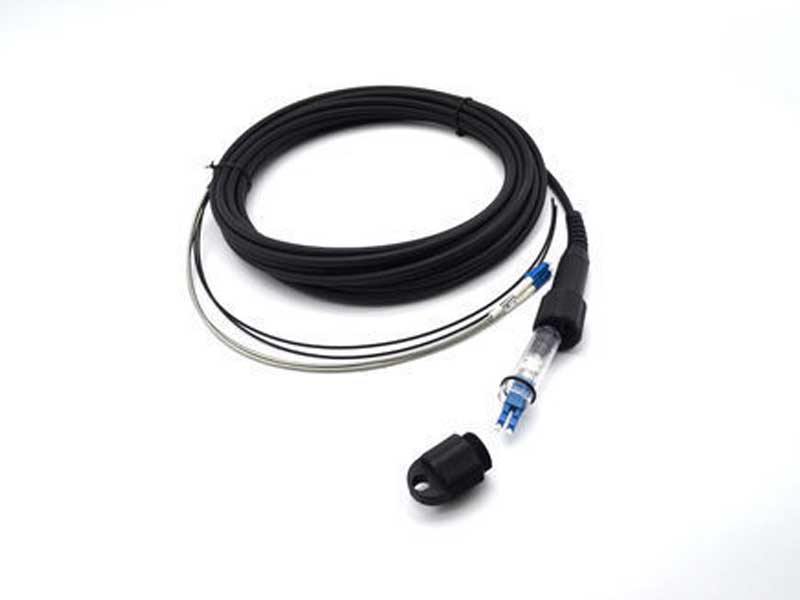Enquire Now
Optical Fiber Cable
Optical fiber cables are slender strands of glass or plastic that transmit digital data signals over long distances at high speeds. Their design minimizes signal loss and interference, making them essential for telecommunications, internet connectivity, and data transmission, ensuring fast, reliable, and secure communication networks worldwide.
View DetailsSimplex Cable
A simplex fiber optic cable consists of a single strand of glass of plastic fiber. Simplex fiber is most often used where only a single transmit and/or receive line is required between devices or when a multiplex data signal is used (bi-directional communication over a single fiber).
View DetailsDuplex Cable
A duplex fiber optic cable consists of two strands of glass or plastic fiber. Typically found in a "zipcord" construction format' this cable is most often used for duplex communication between devices where a separate transmit and receive are required.
View DetailsFTTH
FTTH cable (Fiber to the home) drop cable, the outer skin is generally black and white, the diameter is relatively small, and the flexibility is good; the cross section is 8 shaped, the reinforcing member is located at the center of the two circles, and the metal or non-metal structure can be used, and the optical fiber is located at the geometric center of the 8-shaped shape.
View DetailsLAN Cables
An Ethernet cable, commonly known as a LAN cable, functions as the tangible link between devices within a local area network (LAN). Typically, it establishes connections among computers, printers, routers, and various other network peripherals. This essential component facilitates seamless communication and data exchange, forming the backbone of modern networking infrastructure.
View DetailsCPRI Cables
Certainly! A Common Public Radio Interface (CPRI) cable serves as a standardized framework within wireless communication networks. It facilitates the linkage between baseband units (BBUs) and remote radio units (RRUs), supplanting traditional copper or coaxial connections. This innovation enables remote connectivity, enhancing the efficiency and flexibility of radio transceiver to base station interactions.
View DetailsREGISTER YOUR INTEREST
Tell us what's on your mind & we will get in touch with you shortly.






